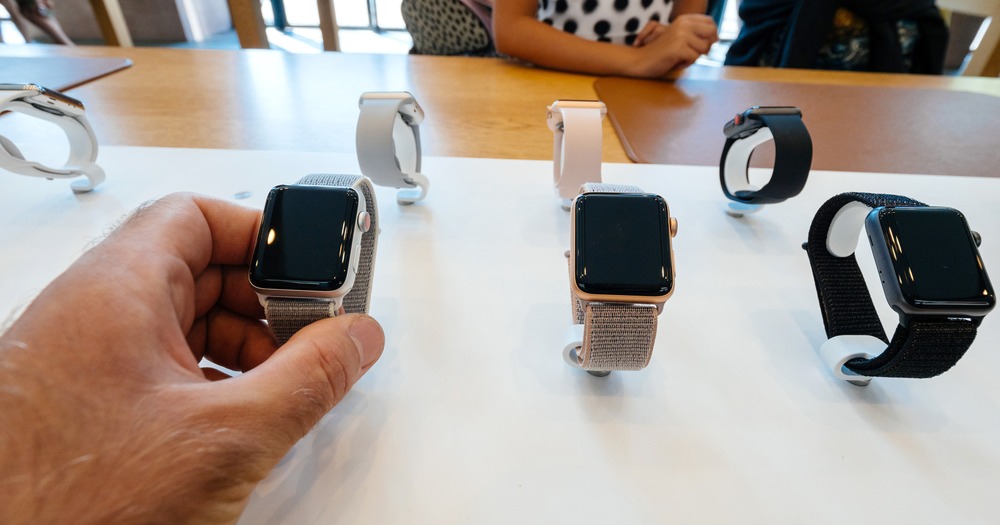Wearable devices could be used for tracking ALS disease progression

We have heard before how wearable devices can revolutionize the way we monitor and understand diseases. A recent study has once again proven that, highlighted their potential in tracking the progression of Amyotrophic Lateral Sclerosis (ALS), a debilitating motor function disease.
How does it work?
Researchers from Massachusetts General Hospital and the ALS Therapy Development Institute embarked on a study to explore the capabilities of wearable sensors in monitoring ALS. They equipped 376 ALS patients with sensors on their wrists and ankles. Over the course of the study, participants were instructed to wear these sensors continuously for one week each month and to perform five specific limb-based exercises on alternating days.
The data collected — which included metrics like submovement, activity bout, activity index, and spectral movement — was then meticulously analyzed. Through this data, the researchers were able to develop two machine-learning models designed to measure overall motor impairment.
Why does it matter?
The results from the wearable sensors proved to be a game-changer. These devices provided measures of motor function in ALS patients that were not only reliable but also more sensitive than the traditional ALS Functional Rating Scale-Revised (ALSFRS-R) method. This suggests that wearable sensors could play a crucial role in the future, not just in routine clinical care for ALS patients, but also in expanding access to clinical trials and even in supporting virtual clinical trials.
The context
ALS is a disease known for its impact on motor functions. For a long time, the ALSFRS-R has been the go-to method for clinicians to assess the motor function of ALS patients. However, this method is subjective and is used intermittently, which can potentially limit its accuracy in tracking the progression of the disease. This backdrop makes the findings of the wearable sensor study even more significant, offering a more consistent and accurate way to monitor the disease.
💡Did you know?
You can take your DHArab experience to the next level with our Premium Membership.👉 Click here to learn more
🛠️Featured tool
 Easy-Peasy
Easy-Peasy
An all-in-one AI tool offering the ability to build no-code AI Bots, create articles & social media posts, convert text into natural speech in 40+ languages, create and edit images, generate videos, and more.
👉 Click here to learn more


